Home>Furniture & Design>Interior Design Trends>How Many Calories Are In A Glass Of Sangria
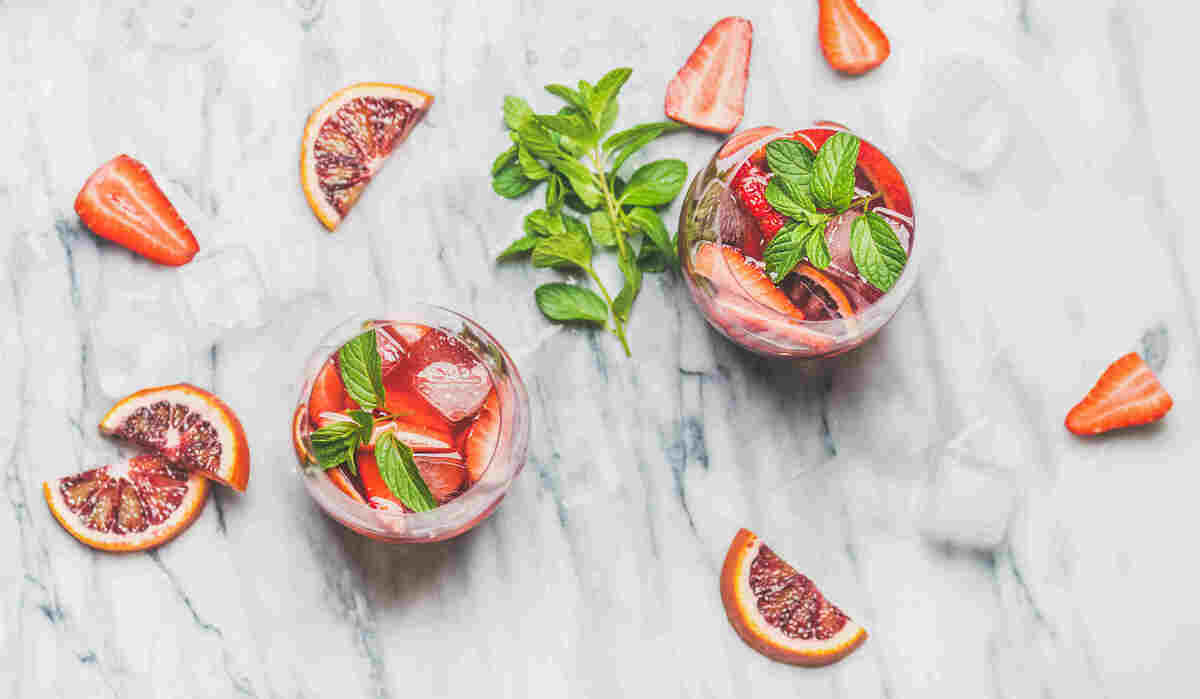

Interior Design Trends
How Many Calories Are In A Glass Of Sangria
Modified: October 21, 2024
Discover the calorie count in a glass of sangria and learn about the latest interior design trends to elevate your space. Explore the perfect blend of style and health.
(Many of the links in this article redirect to a specific reviewed product. Your purchase of these products through affiliate links helps to generate commission for Storables.com, at no extra cost. Learn more)
Introduction
Sangria, with its origins rooted in Spain, has become a beloved beverage enjoyed by people around the world. This delightful concoction of wine, fruit, and sweeteners offers a refreshing and flavorful experience, making it a popular choice for social gatherings, celebrations, and leisurely moments. However, while sipping on a glass of sangria can be a delightful experience, it's important to be mindful of its calorie content. Understanding the calorie count of this beloved beverage can help individuals make informed choices about their consumption and align with their dietary goals.
In the following sections, we will delve into the components that contribute to the calorie content of sangria, including red wine, fruits, and sweeteners. By examining the calorie content of each ingredient and their combined impact, we can gain a comprehensive understanding of the nutritional aspects of this beloved drink. Whether you're a casual enthusiast or a health-conscious individual, knowing the calorie count of a glass of sangria can provide valuable insights into your overall dietary intake. Let's embark on this journey to uncover the calorie secrets of this beloved beverage.
Key Takeaways:
- Indulge in a 5-ounce glass of sangria for a delightful experience, but be mindful of its calorie content, which can range from 150 to 300 calories, depending on the recipe and ingredients used.
- The calorie content of red wine, fruits, and sweeteners in sangria influences its overall nutritional impact, so make informed choices to align with your dietary preferences and wellness goals.
Read more: How Many Calories Is A Glass Of Whiskey
What is Sangria?
Sangria is a delightful and refreshing beverage that originates from Spain. It is renowned for its vibrant and fruity flavors, making it a popular choice for social gatherings, celebrations, and leisurely moments. This beloved drink typically consists of red wine, assorted fruits, sweeteners, and sometimes a splash of brandy or liqueur. The combination of these ingredients creates a harmonious blend of flavors, resulting in a beverage that is both visually appealing and delicious to the palate.
Traditionally served in a pitcher or glass pitcher, sangria is often associated with warm weather, outdoor gatherings, and festive occasions. Its versatility allows for a wide range of variations, enabling individuals to customize the ingredients based on personal preferences and seasonal fruit availability. Whether it's a classic recipe featuring oranges, lemons, and luscious red wine, or a creative twist incorporating berries and peaches, sangria offers a delightful canvas for culinary experimentation.
Beyond its delightful taste, sangria holds cultural significance, embodying the convivial spirit of sharing and enjoyment. It has transcended its Spanish origins to become a beloved beverage enjoyed by people around the world. The vibrant hues of the fruits infused in the wine, coupled with the aromatic notes of the ingredients, contribute to the overall sensory experience of savoring a glass of sangria.
Sangria's appeal extends beyond its taste and visual allure; it also serves as a symbol of relaxation and conviviality. Whether enjoyed at a lively gathering or during a tranquil evening, the act of sipping sangria encourages moments of connection and enjoyment. Its ability to evoke a sense of leisure and camaraderie has solidified its place as a cherished beverage in social settings.
In essence, sangria embodies the essence of enjoyment, offering a delightful fusion of flavors and a convivial spirit. Its cultural significance, versatility, and refreshing qualities have contributed to its enduring popularity, making it a beloved choice for those seeking a beverage that encapsulates the spirit of shared enjoyment and relaxation.
Ingredients in Sangria
Sangria, a beloved beverage with Spanish origins, is renowned for its delightful combination of ingredients that contribute to its vibrant flavors and visual appeal. The key components that form the foundation of this beloved drink include red wine, assorted fruits, and sweeteners. Each ingredient plays a crucial role in shaping the overall taste profile of sangria, resulting in a harmonious blend of flavors that captivates the senses.
Red Wine
At the heart of every glass of sangria lies red wine, which serves as the foundational element of this beloved beverage. The choice of red wine significantly influences the overall flavor profile of the sangria, with options ranging from robust and full-bodied varieties to lighter and fruit-forward options. The rich and complex notes of red wine provide a robust base for the infusion of fruits and other ingredients, contributing to the depth and character of the final concoction.
Assorted Fruits
Sangria's infusion of assorted fruits adds a burst of freshness and natural sweetness to the beverage. Typically, sangria recipes feature a medley of fruits such as oranges, lemons, limes, apples, berries, and peaches, among others. These fruits not only impart their distinct flavors but also enhance the visual appeal of the drink, creating a vibrant and inviting presentation. The combination of fruits introduces a spectrum of flavors, from citrusy brightness to luscious sweetness, resulting in a multi-dimensional taste experience.
Read more: How Many Calories Is A Glass Of Milk
Sweeteners
To balance the natural tartness of the red wine and citrus fruits, sweeteners such as sugar, honey, or fruit juices are often incorporated into sangria recipes. These sweetening agents play a crucial role in harmonizing the flavors, ensuring that the beverage strikes a delightful balance between sweetness and acidity. The careful addition of sweeteners enhances the overall palatability of the sangria, making it an inviting and enjoyable drink for a wide range of preferences.
In essence, the combination of red wine, assorted fruits, and sweeteners forms the cornerstone of sangria, creating a beverage that embodies the essence of conviviality and enjoyment. The thoughtful interplay of these ingredients results in a drink that is not only visually captivating but also a delight to the palate, making it a cherished choice for social gatherings, celebrations, and moments of leisure.
Calories in Red Wine
Red wine, a fundamental component of sangria, contributes significantly to the overall calorie content of this beloved beverage. Understanding the calorie count of red wine is essential for individuals seeking to make informed dietary choices. The calorie content of red wine varies based on factors such as the type of wine, serving size, and alcohol by volume (ABV) percentage.
On average, a 5-ounce serving of red wine contains approximately 125 calories. However, it's important to note that this calorie count can fluctuate depending on the specific varietal and production methods. Full-bodied red wines, such as Cabernet Sauvignon and Syrah, tend to have a slightly higher calorie content due to their richer flavor profiles and elevated alcohol content. Conversely, lighter red wines like Pinot Noir and Grenache typically have a marginally lower calorie count per serving.
The alcohol by volume (ABV) percentage of red wine also influences its calorie content. Wines with a higher ABV contain more alcohol, which contributes to an increased calorie count. As such, individuals mindful of their calorie intake should be cognizant of the ABV percentage when assessing the nutritional impact of red wine in sangria.
In addition to its calorie content, red wine offers potential health benefits when consumed in moderation. It contains antioxidants, such as resveratrol, which have been linked to various health advantages, including cardiovascular support and potential anti-inflammatory properties. While these potential benefits are noteworthy, it's crucial to consume red wine responsibly and within recommended limits to maximize its positive attributes.
In the context of sangria, the calorie content of red wine serves as a significant factor in determining the overall nutritional profile of the beverage. By understanding the calorie count of red wine and its potential health benefits, individuals can make informed decisions about their consumption of sangria, aligning with their dietary goals and preferences.
In summary, the calorie content of red wine in sangria plays a pivotal role in shaping the overall nutritional impact of this beloved beverage. By considering the calorie count, varietal characteristics, and potential health benefits of red wine, individuals can gain valuable insights into the nutritional aspects of sangria, empowering them to make mindful choices about their dietary intake.
Calories in Fruit
The incorporation of assorted fruits in sangria introduces a delightful medley of flavors and natural sweetness to the beverage. While fruits are renowned for their nutritional benefits, it's essential to consider their calorie content when assessing the overall nutritional impact of sangria.
Fruits such as oranges, lemons, limes, apples, berries, and peaches, commonly featured in sangria recipes, offer a spectrum of flavors and contribute to the visual appeal of the beverage. When evaluating the calorie content of fruits, it's important to recognize that their sweetness and juiciness can influence their overall caloric impact.
The calorie content of fruits varies based on their individual characteristics. For instance, citrus fruits like oranges, lemons, and limes are known for their refreshing acidity and vibrant flavors. These fruits are relatively low in calories, with an average orange containing around 62 calories and a lemon containing approximately 17 calories. Similarly, a lime typically provides around 20 calories, making it a relatively low-calorie addition to sangria.
In contrast, fruits such as apples and peaches offer a slightly higher calorie content due to their natural sugars and fleshier texture. An average medium-sized apple contains approximately 95 calories, while a medium peach provides around 59 calories. These fruits contribute a touch of sweetness and succulence to sangria, enhancing its overall flavor profile.
Berries, including strawberries, blueberries, and raspberries, are celebrated for their antioxidant properties and vibrant taste. These fruits are relatively low in calories, with strawberries containing approximately 49 calories per cup, blueberries averaging around 84 calories per cup, and raspberries providing approximately 64 calories per cup. Their lower calorie content makes them a favorable choice for adding a burst of color and natural sweetness to sangria.
When crafting sangria, the combination of these fruits introduces a harmonious blend of flavors while contributing to the overall calorie content of the beverage. By being mindful of the calorie count of the assorted fruits used in sangria, individuals can gain valuable insights into the nutritional aspects of this beloved beverage, enabling them to make informed choices aligned with their dietary preferences.
In essence, while fruits enrich sangria with their vibrant flavors and nutritional benefits, understanding their calorie content is essential for individuals seeking to maintain a balanced approach to their dietary intake. By appreciating the calorie impact of fruits in sangria, individuals can savor this beloved beverage while making informed decisions that align with their overall wellness goals.
Calories in Sweeteners
The addition of sweeteners is a pivotal element in crafting the delightful balance of flavors in sangria. While red wine and assorted fruits contribute to the beverage's natural sweetness, the incorporation of additional sweeteners plays a crucial role in harmonizing the overall taste profile. When considering the calorie content of sweeteners in sangria, it's essential to recognize the impact of these additives on the beverage's nutritional composition.
Common sweeteners used in sangria recipes include sugar, honey, agave nectar, and fruit juices. Each sweetening agent introduces its distinct flavor nuances and contributes to the overall sweetness of the beverage. However, it's important to be mindful of the calorie content associated with these sweeteners to make informed dietary choices.
Sugar, a traditional sweetening agent, is a common addition to sangria recipes. A single teaspoon of granulated sugar contains approximately 16 calories. When incorporating sugar into sangria, the calorie count can accumulate based on the quantity used, especially in larger batch preparations. Similarly, honey, renowned for its natural sweetness, contains approximately 64 calories per tablespoon. While honey offers a rich and nuanced sweetness, its calorie content should be considered when evaluating the overall nutritional impact of sangria.
Agave nectar, derived from the agave plant, has gained popularity as a natural sweetener. With approximately 60 calories per tablespoon, agave nectar provides a distinct sweetness and is often favored for its lower glycemic index compared to traditional sugar. Its calorie content, while slightly lower than that of sugar and honey, contributes to the overall caloric impact of sangria.
Fruit juices, such as orange juice and lemon juice, are also utilized as sweetening agents in sangria. While these juices offer natural sweetness and vibrant citrus notes, it's important to acknowledge their calorie content. On average, a cup of orange juice contains around 112 calories, while a cup of lemon juice provides approximately 61 calories. When incorporated into sangria, these juices contribute to the beverage's overall calorie count, adding to its nutritional profile.
In essence, the inclusion of sweeteners in sangria introduces a layer of complexity to the beverage's flavor profile while contributing to its overall calorie content. By understanding the calorie count of sweetening agents, individuals can make informed decisions about their consumption of sangria, aligning with their dietary preferences and wellness goals.
In summary, the calorie content of sweeteners in sangria should be considered when evaluating the beverage's nutritional impact. By recognizing the calorie count of sugar, honey, agave nectar, and fruit juices, individuals can gain valuable insights into the overall nutritional composition of sangria, empowering them to make mindful choices about their dietary intake.
A standard 5 oz glass of sangria contains around 120-150 calories, but this can vary based on the ingredients used. Keep in mind that the addition of fruit and sweeteners can increase the calorie count.
Read more: How Many Calories Is A Glass Of Riesling?
Total Calories in a Glass of Sangria
When assessing the total calorie content in a glass of sangria, it's essential to consider the cumulative impact of its key components: red wine, assorted fruits, and sweeteners. Each element contributes to the overall nutritional composition of the beverage, shaping its calorie count and providing valuable insights for individuals mindful of their dietary intake.
A standard serving of sangria, typically comprising 5 ounces, contains approximately 125 calories from the red wine alone. However, the calorie content can vary based on the specific varietal, alcohol by volume (ABV) percentage, and serving size. The infusion of assorted fruits, such as oranges, lemons, apples, berries, and peaches, introduces additional calories, albeit in varying quantities based on the type and amount of fruit used. Furthermore, the incorporation of sweeteners, including sugar, honey, agave nectar, and fruit juices, contributes to the overall calorie count, enhancing the beverage's sweetness while adding to its nutritional impact.
Considering the calorie content of the individual components, a glass of sangria can range from approximately 150 to 300 calories per 5-ounce serving, depending on the specific recipe and ingredient proportions. It's important to note that larger servings or variations with higher sweetener content may result in a higher calorie count. Additionally, the use of fortified wines or liqueurs in certain sangria recipes can further elevate the beverage's calorie content.
By understanding the total calories in a glass of sangria, individuals can make informed decisions about their consumption, aligning with their dietary preferences and wellness goals. Whether sipped during a festive gathering or enjoyed as a leisurely indulgence, being mindful of the calorie impact of sangria empowers individuals to savor this beloved beverage while maintaining a balanced approach to their dietary intake.
In essence, the total calorie content in a glass of sangria reflects the interplay of its components, offering a delightful yet nuanced beverage that embodies the essence of conviviality and enjoyment. By appreciating the cumulative calorie impact of red wine, fruits, and sweeteners, individuals can embrace the sensory experience of savoring a glass of sangria while making informed choices that resonate with their overall wellness journey.
Conclusion
In conclusion, the calorie content of a glass of sangria is influenced by the interplay of its key components, including red wine, assorted fruits, and sweeteners. Understanding the nutritional impact of these elements provides valuable insights for individuals seeking to make informed dietary choices while savoring this beloved beverage.
Sangria, with its origins rooted in Spain, embodies the spirit of conviviality and enjoyment. Its vibrant flavors, visual allure, and cultural significance have contributed to its enduring popularity as a beverage of choice for social gatherings, celebrations, and moments of leisure. However, being mindful of its calorie content allows individuals to embrace the sensory experience of sipping sangria while aligning with their dietary preferences and wellness goals.
The calorie count of red wine, a foundational element of sangria, varies based on factors such as varietal characteristics and alcohol by volume (ABV) percentage. The infusion of assorted fruits introduces natural sweetness and a burst of flavors, contributing to the overall calorie content of the beverage. Additionally, the incorporation of sweeteners harmonizes the taste profile of sangria while influencing its calorie impact.
By recognizing the cumulative calorie content of sangria, individuals can make informed decisions about their consumption, whether indulging in a classic recipe featuring oranges and lemons or exploring creative variations with berries and peaches. The calorie count of a glass of sangria typically ranges from approximately 150 to 300 calories per 5-ounce serving, reflecting the diverse recipes and ingredient proportions available.
Ultimately, the calorie content of sangria underscores the balance between enjoyment and mindful consumption. Whether shared at a lively gathering or savored during a tranquil evening, the act of sipping sangria encapsulates moments of connection and relaxation. By understanding the nutritional aspects of this beloved beverage, individuals can embrace its sensory delights while maintaining a holistic approach to their dietary intake.
In essence, the calorie secrets of a glass of sangria offer a nuanced perspective on this cherished beverage, enriching the experience of savoring its vibrant flavors and cultural significance. By weaving together the elements of red wine, fruits, and sweeteners, sangria continues to captivate enthusiasts while inviting mindful indulgence and shared enjoyment.
Frequently Asked Questions about How Many Calories Are In A Glass Of Sangria
Was this page helpful?
At Storables.com, we guarantee accurate and reliable information. Our content, validated by Expert Board Contributors, is crafted following stringent Editorial Policies. We're committed to providing you with well-researched, expert-backed insights for all your informational needs.






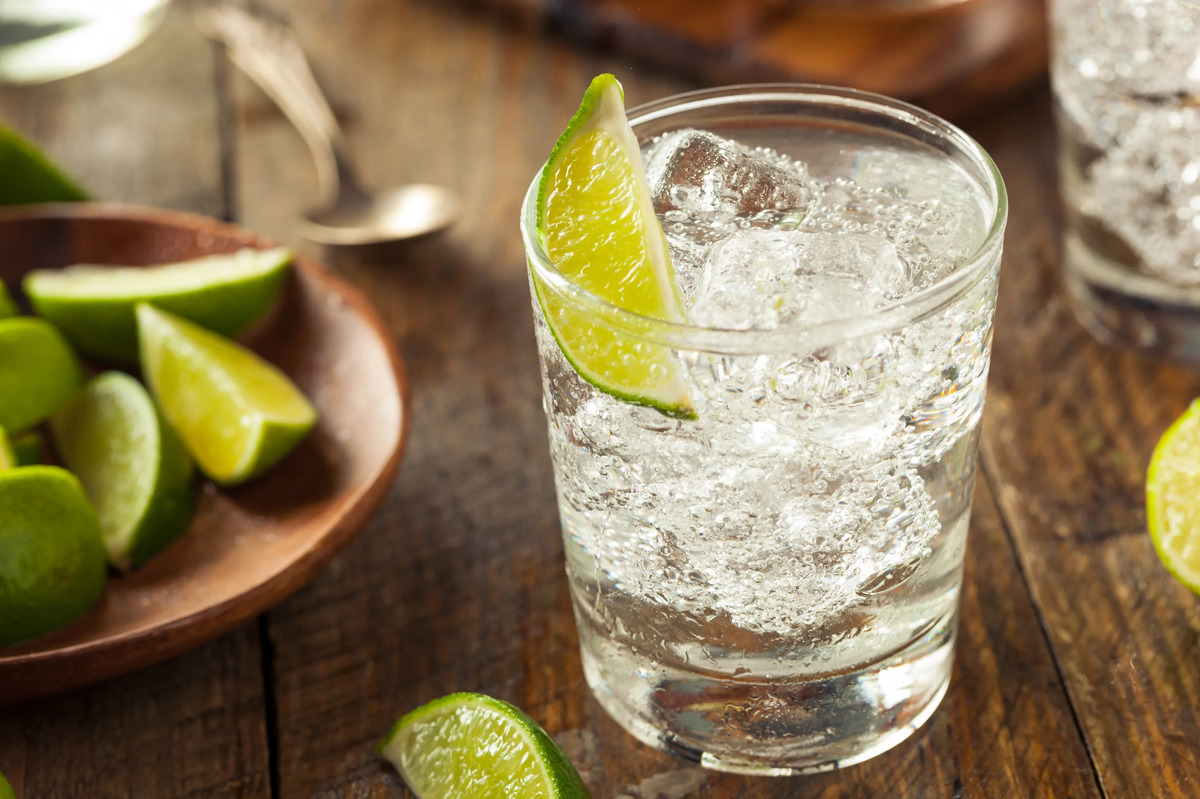


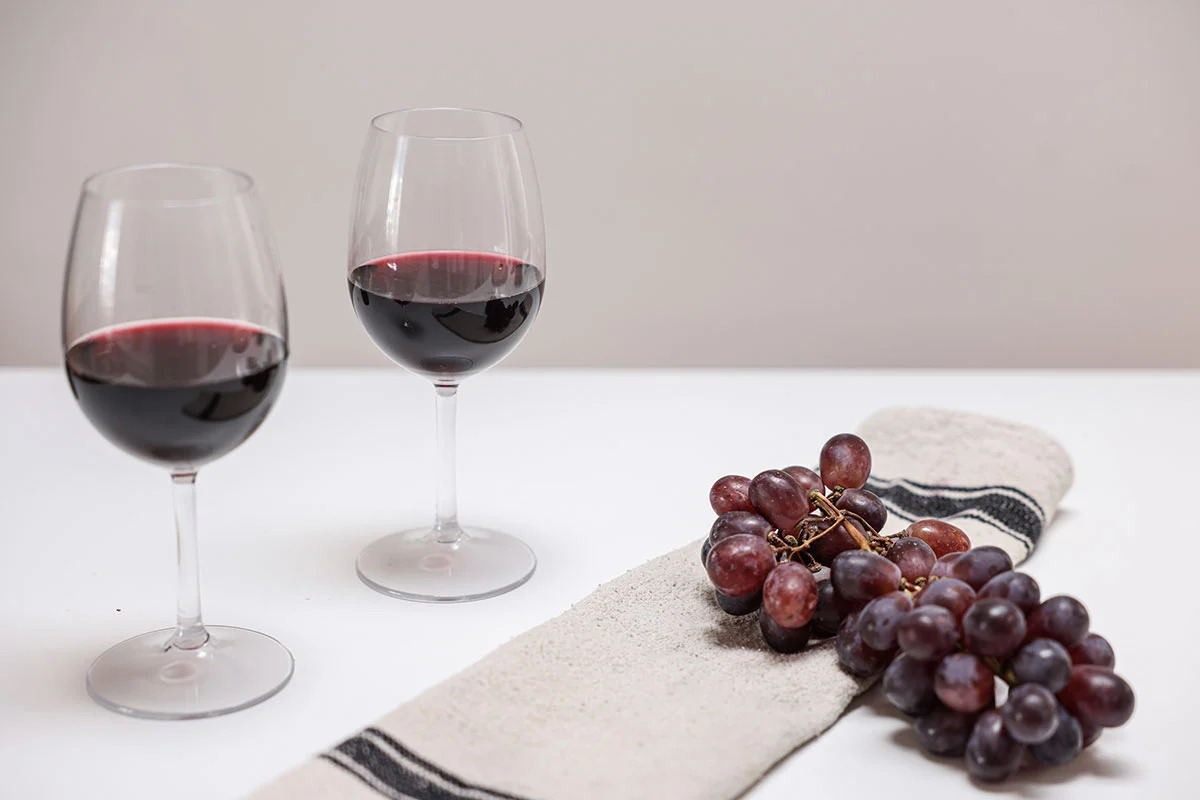
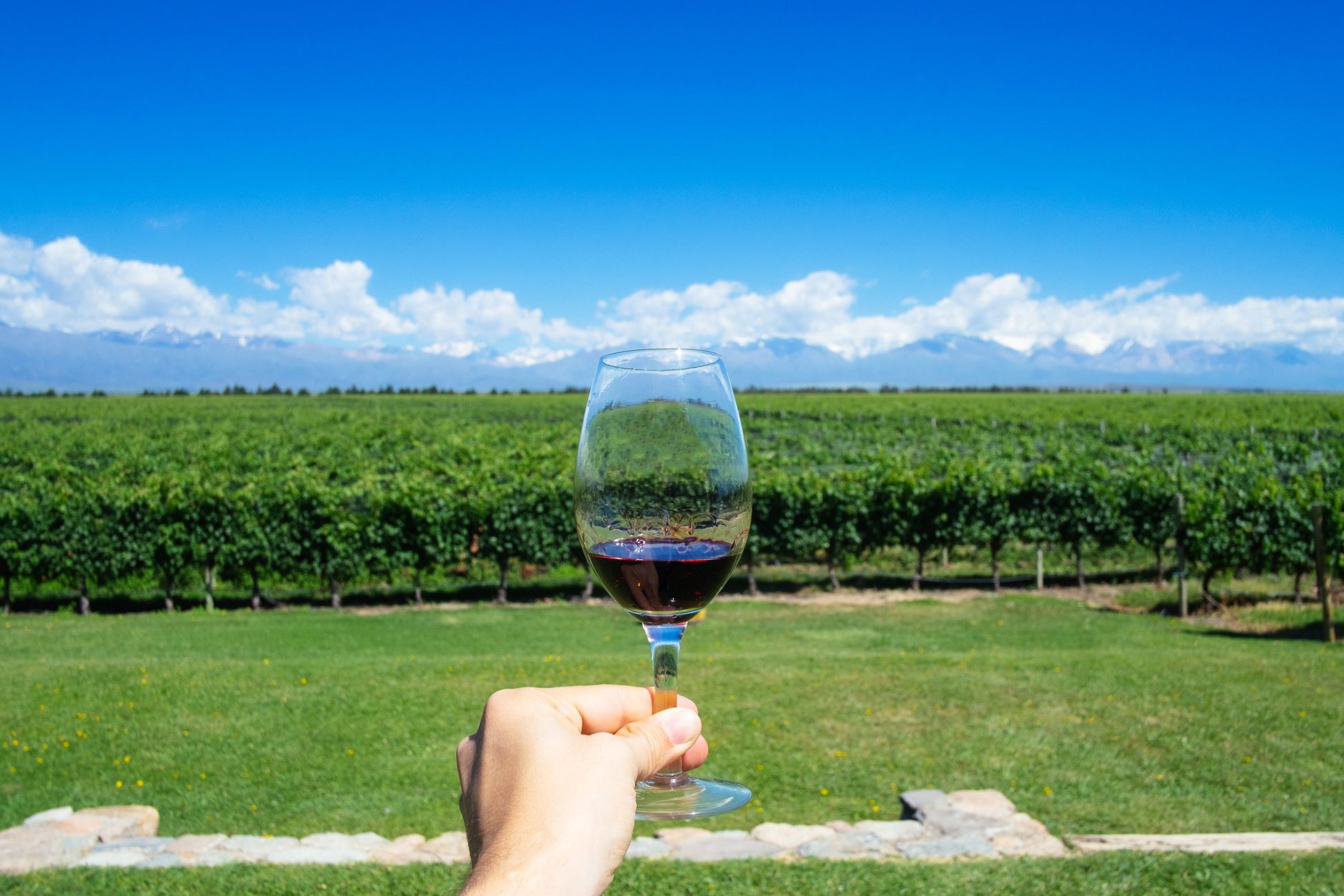
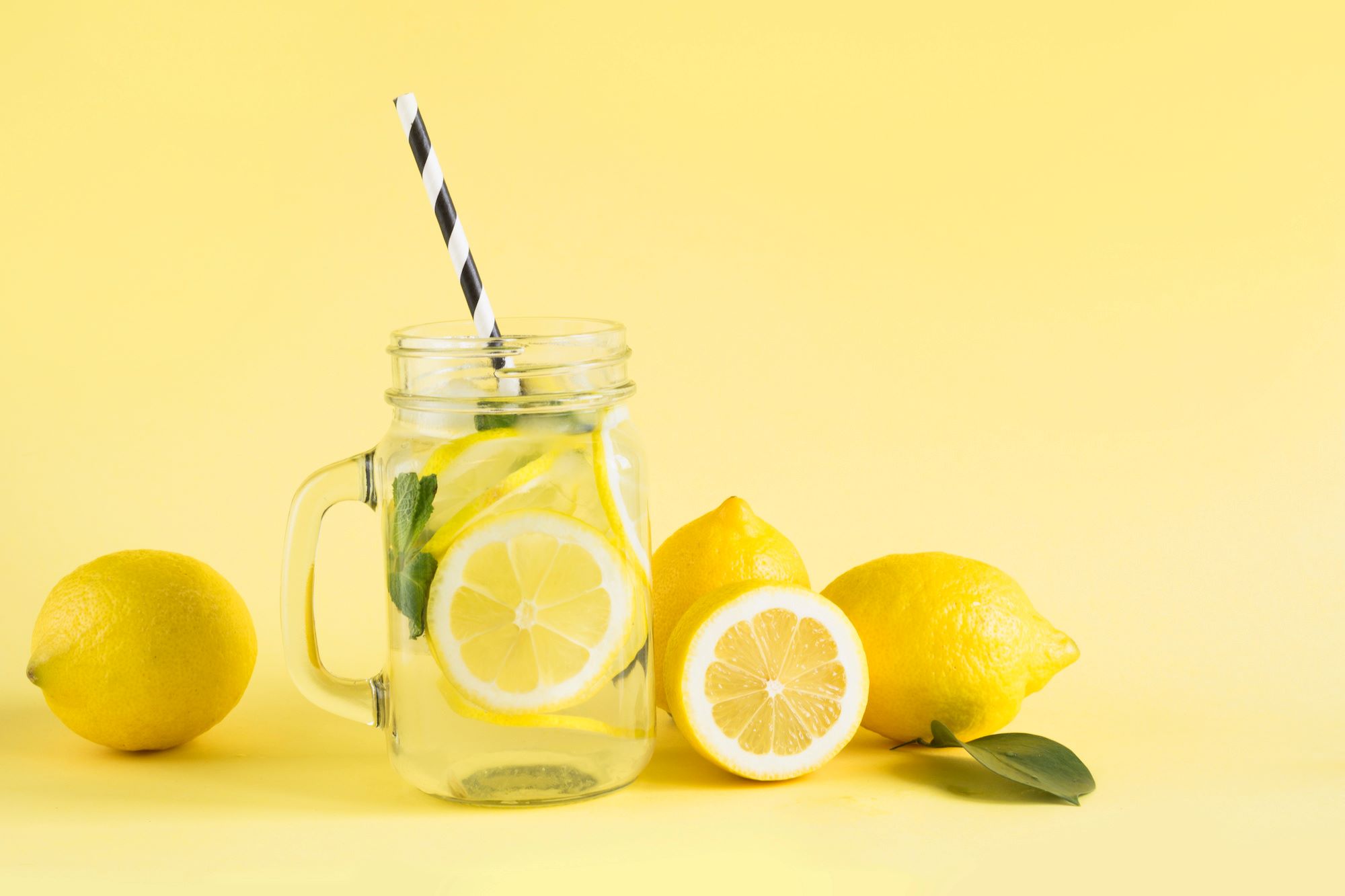


0 thoughts on “How Many Calories Are In A Glass Of Sangria”